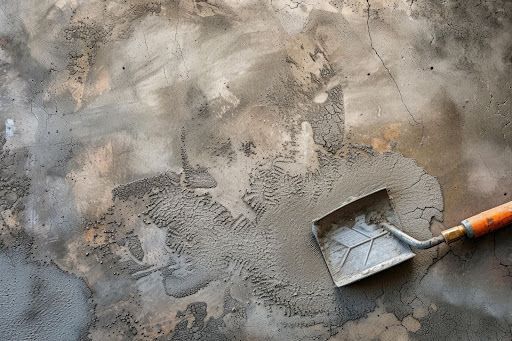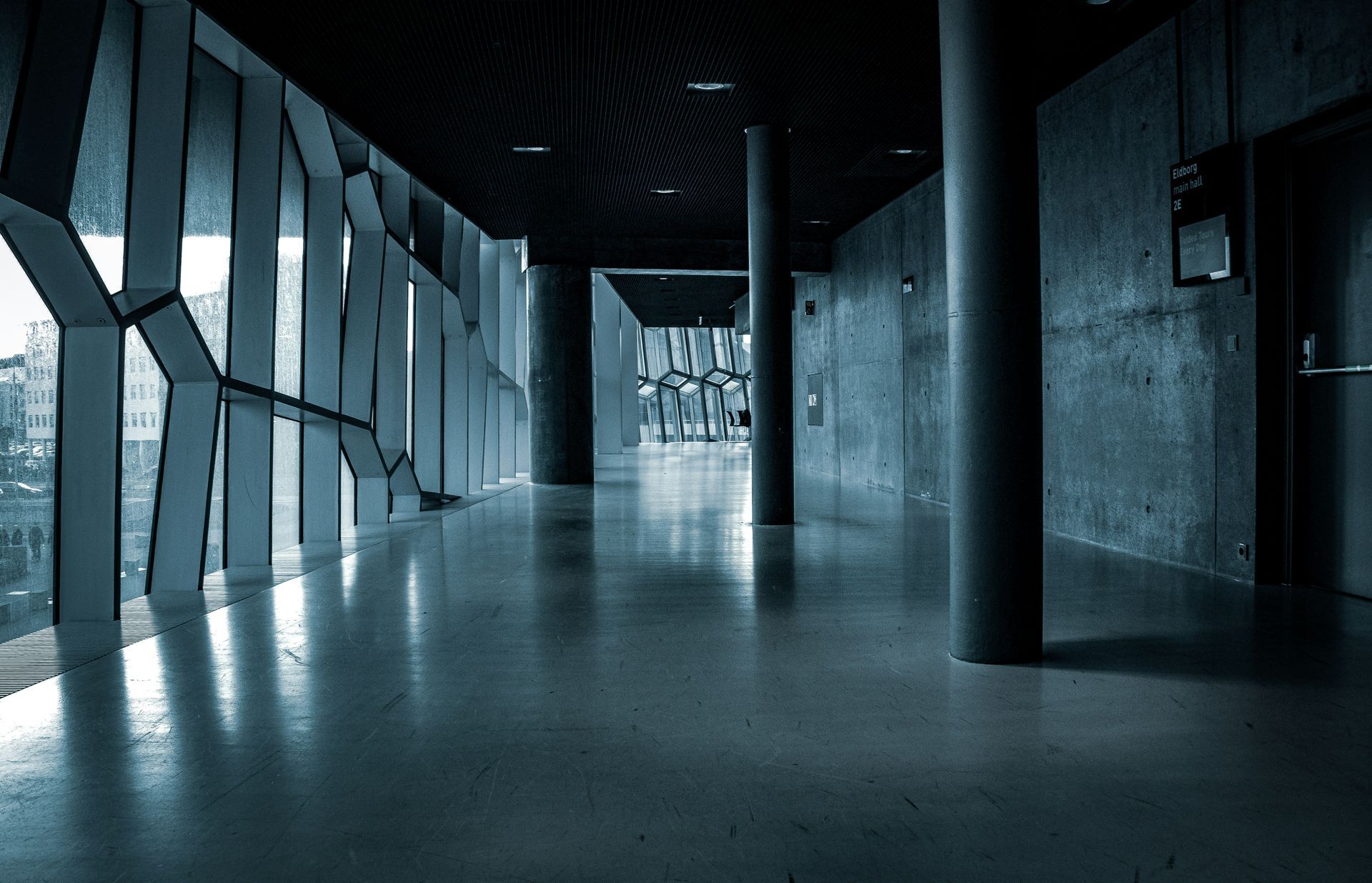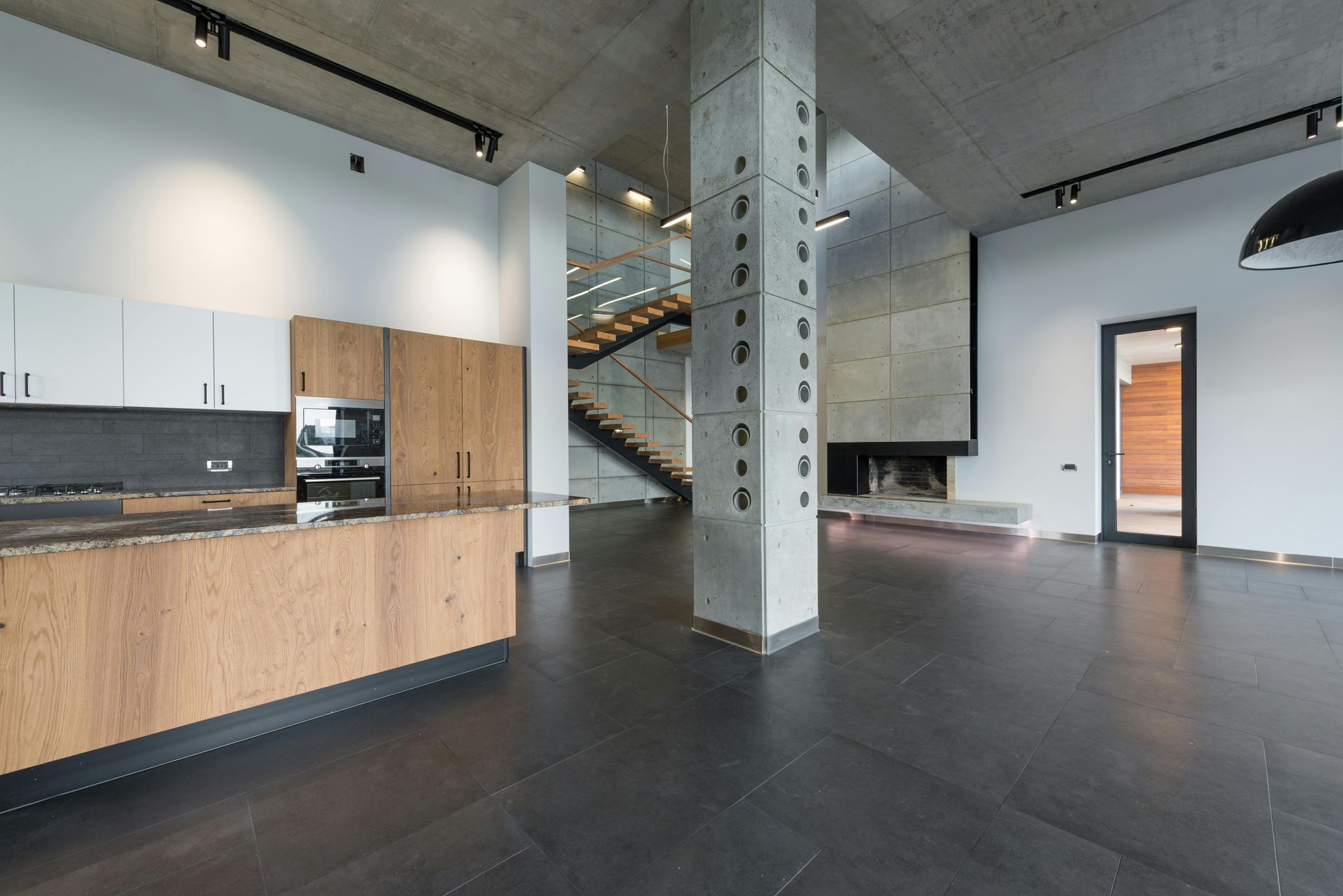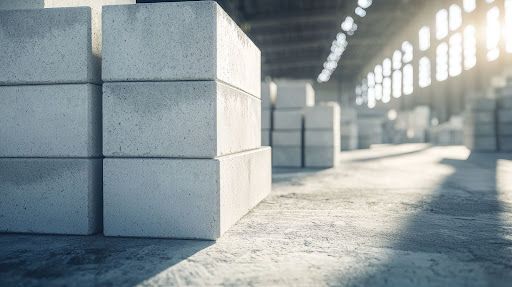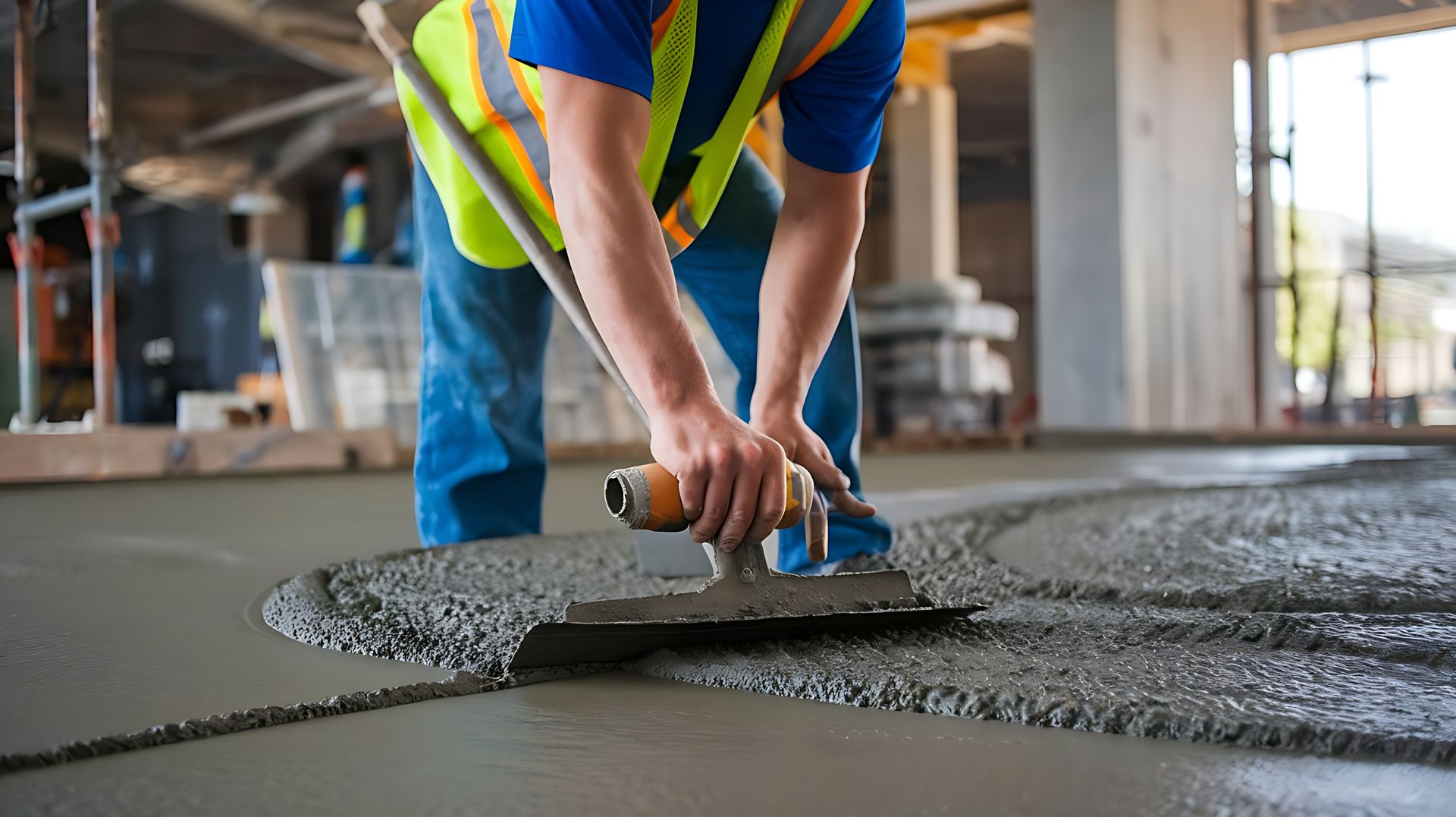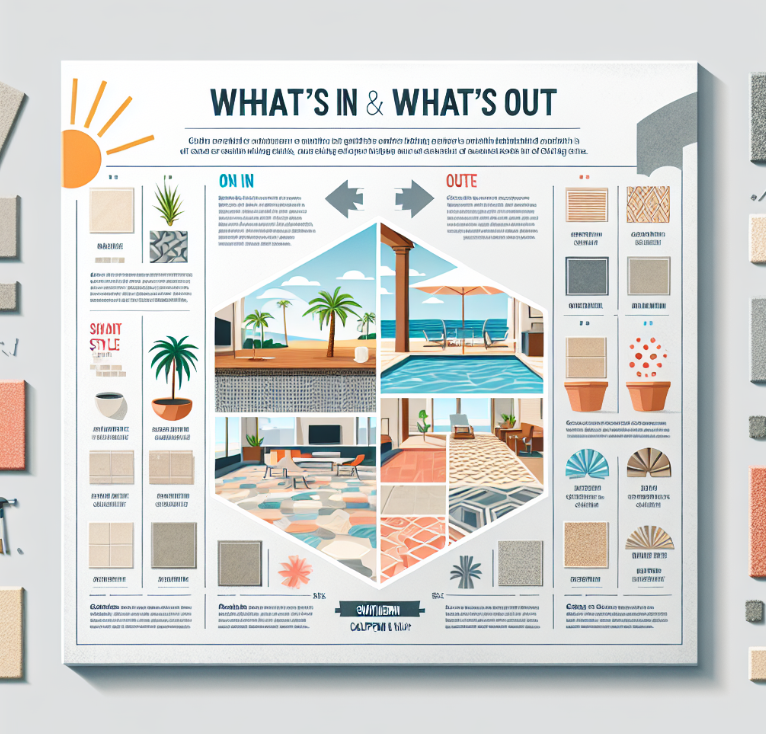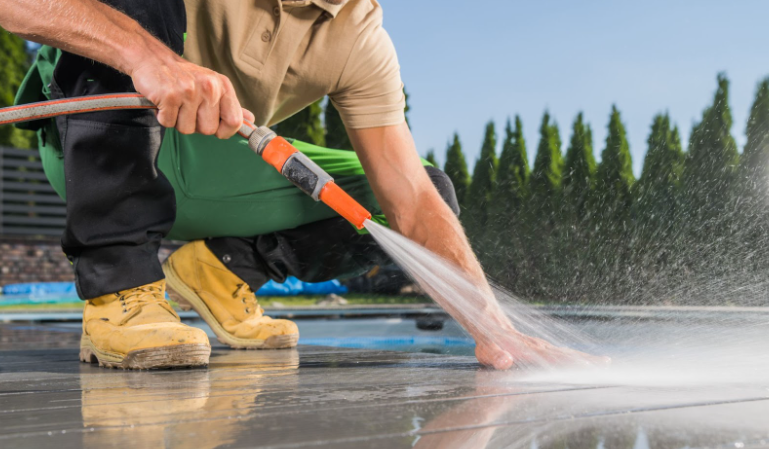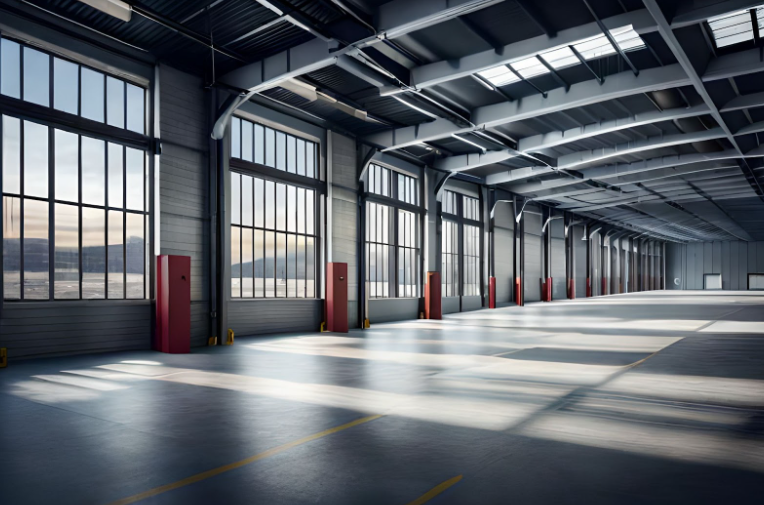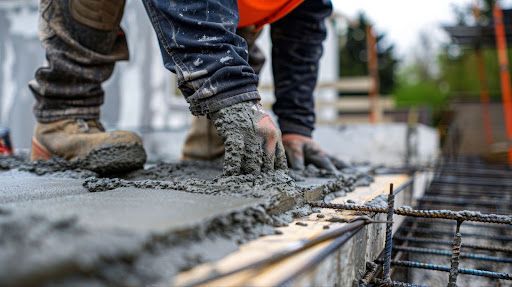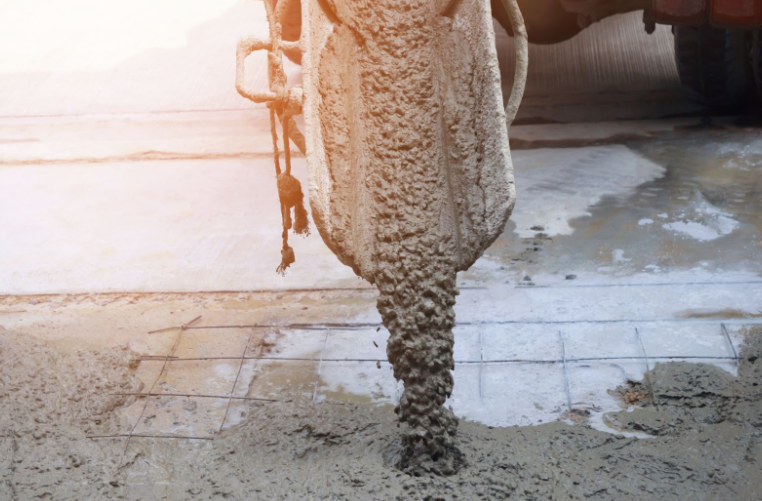Exploring the Latest Trends in Concrete Design for 2023
Concrete design has evolved significantly in recent years, with new trends emerging that are reshaping the way buildings and structures are constructed. The focus is on innovation, sustainability, and aesthetics, leading to the development of more durable and visually appealing concrete solutions. These trends are influencing everything from residential projects to large-scale commercial constructions, offering a glimpse into the future of architecture and design. Whether it's the use of eco-friendly materials or advanced techniques for enhancing strength and texture, the latest advancements are setting new standards in the industry.
Concrete Design Trends in 2023
Concrete has transcended its traditional role as a mere construction material to become a fundamental element in modern architecture and landscaping design. The evolution of concrete designs over the years reflects a deeper understanding and appreciation of its potential, both structurally and aesthetically. Today, in 2023, the trends in concrete design are pushing the boundaries further, emphasizing not only the aesthetic appeal but also the functionality and sustainability of concrete projects.
The
significance of concrete in modern design
cannot be overstated. Historically seen as a basic, utilitarian substance, concrete has emerged as a versatile and stylish material that can be textured, colored, and shaped in countless ways. This versatility has made it a favorite among architects and designers, who now use concrete not only for its strength and durability but also for its ability to embody a wide range of textures and tones. The nuanced and sophisticated appearance that can be achieved with concrete today is a far cry from its humble beginnings.
One of the key trends in 2023 is the integration of new coloring techniques that breathe life into concrete surfaces, making them vibrant and visually appealing. Techniques such as integral coloring, acid staining, and the use of color hardeners are being employed to achieve an expansive palette that can mimic natural stone, wood, and other textures. This has opened up new vistas for creativity in concrete design, allowing for the creation of unique and stunning visual effects on both indoor and outdoor surfaces.
Texture, too, plays a significant role in the current trends. Innovations in textural finishes such as stamped concrete, polished concrete, and exposed aggregate offer not just beauty but also practical benefits. These finishes can enhance the slip resistance of surfaces, contribute to the ambient lighting by reflecting or absorbing light, and offer improved durability over traditional finishes.
Perhaps most importantly, there is a growing emphasis on sustainability in concrete design. As environmental concerns become increasingly urgent, the industry is responding with more sustainable practices, including the use of recycled materials and techniques that reduce the carbon footprint of concrete production. This shift is not just about meeting regulatory requirements; it's also about aligning with the values of clients and communities who prioritize eco-friendly and sustainable construction methods.
The trends in concrete design for 2023 reflect a comprehensive approach that values aesthetics, functionality, and sustainability. As we move forward, these trends are set to redefine our built environment, making it more beautiful, usable, and in harmony with our planet.
Innovative Coloring Techniques
The year 2023 has seen groundbreaking advances in the realm of concrete coloring techniques, propelling the material into a new era of design versatility. Integral coloring now allows pigment to be mixed directly into the concrete before it's poured, resulting in a uniform color throughout the depth of the material. This technique not only offers a durable finish but also allows for a broader range of hues, enabling designers to achieve precise color matches or bespoke tones.
Acid staining, another innovative method, reacts chemically with the concrete, imbuing it with rich, translucent tones that cannot be achieved through traditional surface paints or coatings. The result is a marble-like finish, unique to each application, thanks to the variable nature of the concrete’s reaction to the stain. Further diversifying the palette of concrete finishes, the use of color hardeners provides not only a broader spectrum of color choices but also enhances the surface's wear resistance, making for both a functional and aesthetically appealing outcome.
Advances in Textural Finishes
As concrete design trends evolve, so too does the appreciation for texture in creating both visual and tactile interest in spaces. Stamped concrete has surged in popularity, admired for its ability to mimic other materials such as slate, flagstone, or even wood, providing a cost-effective alternative without sacrificing aesthetic appeal. On the other hand, polished concrete delivers a sleek, mirror-like finish, adding a modern touch to floors in both residential and commercial properties while being remarkably easy to maintain.
Exposed aggregate finishes, where the top layer of concrete is removed to reveal the natural stone or recycled materials beneath, have also gained traction. This technique not only contributes to the concrete's grip and resistance to slip but also introduces a unique, decorative aspect that can be tailored to fit various design schemes.
Sustainability and Eco-Friendly Practices
Amid these innovative advances, the concrete industry is also turning its focus towards sustainability. Green concrete, involving the use of recycled materials such as fly ash or slag in the mix, is gaining popularity not just for its environmental benefits but also for its potential to enhance durability and resilience. Practices aimed at reducing the carbon footprint of concrete constructions are becoming more common, with efforts to optimize mix designs to lower cement content without compromising strength.
For more insights into sustainable concrete practices, readers can explore authoritative resources like the Portland Cement Association (cement.org) which provides comprehensive information on eco-friendly concrete solutions. 2023 stands as a landmark year for concrete design, witnessing an exciting convergence of aesthetics, functionality, and environmental responsibility. Through innovations in coloring and textural finishes, alongside a commitment to sustainability, concrete continues to solidify its place at the center of modern design.
Case Studies from Southern California
Southern California, with its unique blend of natural beauty and urban sophistication, has become a fertile ground for the latest trends in concrete design. The region's embrace of both modernity and sustainability is evident in several standout projects. For example, a residential community in San Diego showcases the stunning use of stamped concrete to create outdoor spaces that blend seamlessly with the natural landscape.
Here, designers have mimicked the textures and colors of natural stone to enhance the aesthetic appeal without disturbing the surrounding environment. Another prominent example is a commercial complex in Los Angeles where polished concrete floors have been utilized throughout to striking effect. This choice not only reflects the light beautifully, enhancing the space's ambiance, but also provides a hard-wearing, low-maintenance surface ideal for high traffic areas. These projects underscore Southern California’s role as a hub for cutting-edge concrete design, where practicality meets unparalleled aesthetic expression.
The Future of Concrete Design
Looking ahead, the future of concrete design promises even greater innovation and sustainability. Technology plays a pivotal role in this evolution, with digital fabrication and 3D printing emerging as game-changers. These technologies enable the creation of complex, customized forms and structures that were previously impossible, opening up new possibilities for architectural expression and functionality. Sustainability will continue to be a driving force, with the development of new materials and practices. One such promising innovation is the advancement in self-healing concrete, capable of repairing its own cracks and imperfections, thereby significantly extending its lifespan and reducing the need for replacements or repairs. This not only ensures structures are more durable but also further minimizes the environmental impact of construction projects.
Conclusion
As we look into the trends of 2023 and beyond, it is clear that concrete design is experiencing a renaissance. The embrace of innovative coloring techniques, advanced textural finishes, and green concrete are but a few of the trends shaping the industry. Southern California’s implementation of these trends provides tangible examples of how concrete can be both a practical and a beautiful choice for a variety of projects. With the advent of new technologies and an ongoing commitment to sustainability, the future of concrete design appears boundless. These developments promise to enhance our built environment, making it more resilient, sustainable, and aesthetically pleasing. As this exciting chapter in design continues to unfold, it becomes increasingly evident that concrete, one of the oldest building materials, remains at the forefront of innovation.
Stay ahead of the curve by discovering the latest innovations in concrete design. Contact Diamond Concrete Designs LLC today and let's start building something extraordinary together.
